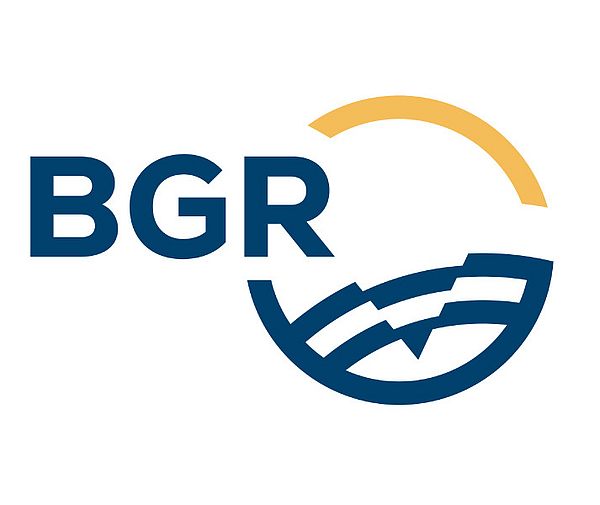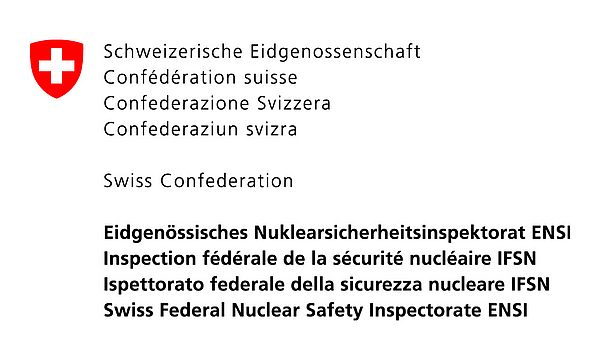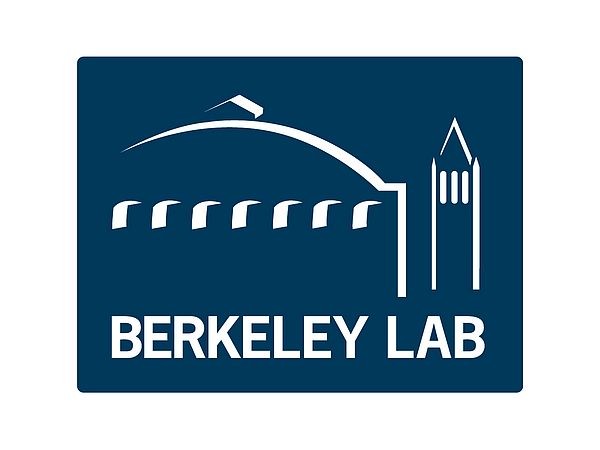BenVaSim II
Projekträger: Bundesministerium für Umwelt, Naturschutz, nukleare Sicherheit und Verbraucherschutz
Förderkennzeichen: 02E12022A

For the long-term safety analysis of a geological repository for heat-emitting radioactive waste, the thermal-hydraulic-mechanical (THM) coupled behavior of the host rock and the geotechnical barriers must be numerically simulated. There are various basic processes occurring in the host rock formation. Among those are two-phase flow phenomena (H2), since next to the existence of water, gas generation is expected. Worldwide, several simulation codes are already in use for the modeling of the full TH2M-coupled material behavior. However, the verification of functionality and the validation of the simulation tools are continuous processes. In numerical simulations of this degree of complexity, errors can arise from a variety of sources, namely from (a) the user, (b) the model (meaning constitutive description here) used and (c) the implementation. Errors stemming from the user result, for example, from unsuitable discretization or boundary conditions, while errors linked to the model may stem from the calibration of the model or from the unsuitability of the model itself. Arguably, the gravest errors have their origin in the implementation of the code. In this case, the underlying physical processes are not correctly programmed or hidden assumptions are made. The source of such errors is not accessible to most users, and it is often assumed as a matter of course that proper verification has taken place. The verification with respect to point (c) of several of the most commonly used simulators in the field of nuclear waste disposal and the formulation of guidelines for point (a) was the objective of the first BenVaSim project, while point (b) is currently being investigated among others within the frame of other projects, e.g. DECOVALEX 2023. In the currently ongoing second phase of BenVaSim, the completion of the targets is planned in addition to an extension of the verification to more complex geometries and a more complex material response for the host rock. The comparison to analytical or semi-analytical solutions is also continued and extended.






